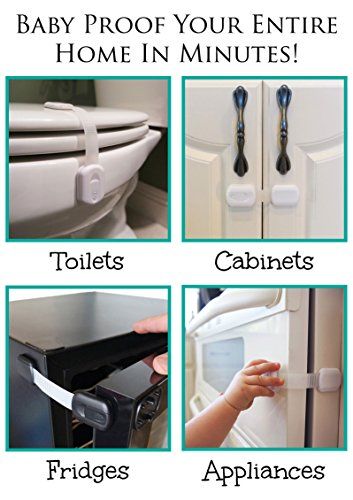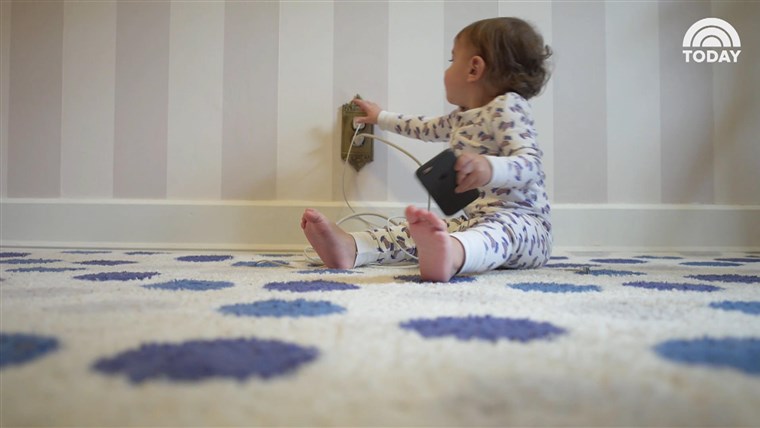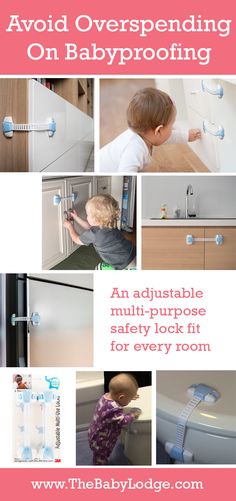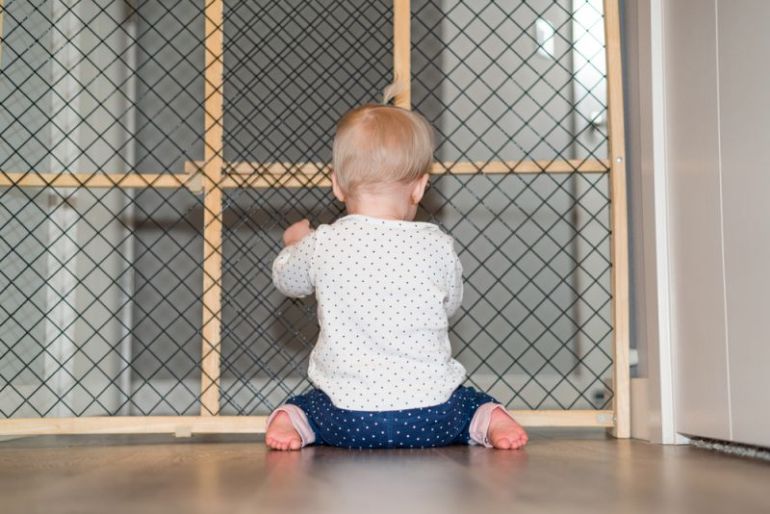When it comes to protecting your home against babies, there are several things you should do. Here you can read some of our best tips.
If you are new to pregnancy or about to bring a baby home, you may have to look around your home and see that it is a death trap. Our homes are full of hidden dangers for little hands and babies on the go. It’s a big responsibility to make sure your home is safe, but you don’t have to do it alone.
Read on for effective tips on protecting your home from babies.
- Block entrances and stairs
Some rooms are just not safe for babies to crawl around in. They set up internal gates to lock off areas such as the garage, bathrooms, office, kitchen and washroom. Stairs should also always be closed.
- Hide or store hanging chords and bedding
Chords hanging on curtains or blinds, or electric chords should not be within your baby’s reach. They could tangle their fingers or head in looped cords or pull devices such as toasters down. Likewise, hanging bedding such as curtains, tablecloths or towels pose a risk to your baby’s safety.
- Keep the sockets covered
An important part of preparing your home is Baby proofing sockets. Sockets are close to the ground, which means that they are at eye level and are a perfect “toy” for curious young minds.
While touching the outside of an electrical outlet may not be harmful, children are known to put small objects, especially metal, in electrical outlets.
- Prepare for emergencies
Nobody wants to think about possible emergencies in the safety of their own home. Essential tools such as a fire extinguisher, a first aid kit, fire and carbon monoxide alarms and an emergency contact list are essential whether baby or not. You should talk to members of your household about creating a security plan and telling them how to locate the devices.
- The kindergarten
It may seem strange that you need to make your baby’s room child-safe, but kindergartens are open to any number of potential dangers. All furniture in the room, such as B. a changing table, a cot, a chest of drawers or a bookcase should be attached to the wall. The corners of the furniture should have padded edges.
Carpets should be attached to the floor to avoid falling. All supplies on the changing table should be out of the baby’s reach. Do not put toys, blankets or pillows in the cot Sudden child death (SIDS) is associated with incorrect sleeping positions.
- Attach the cabinets and the refrigerator
Cabinets and devices near the floor with handles such as the refrigerator can carry harmful chemicals, heavy objects, plastic bags or sharp tools. Even if your child is not harmful in your refrigerator or in your closets, you may get injured while climbing or accidentally get stuck in them.
Baby proofing your home made easy
Bringing a baby home for the first time is an intimidating experience. You can’t protect them from anything, but if you follow these tips to protect your home from babies, your baby will stay safe and you will feel safe.
You can find more interior tips in the rest of our blog.
 TopsDecor.com Home Decor Ideas
TopsDecor.com Home Decor Ideas







